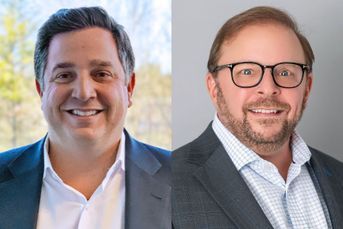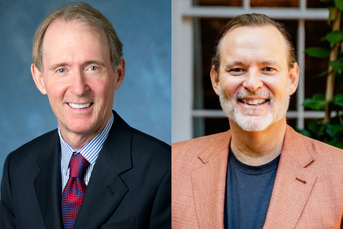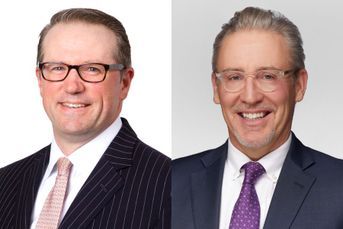Charitable giving isn’t falling despite growing economic worries: Fidelity

Nearly 60% of Fidelity Charitable donors plan to give more in 2022 in light of current economic volatility, study says.
The majority of Fidelity Charitable donors plan to up their donations in 2022 even in the face of deteriorating economic conditions.
Fidelity Charitable, the nation’s largest grantmaker with nearly 300,000 donors, Tuesday released data showing the significant concern that contributors feel about the nation’s economy in 2022. Almost three-quarters of Fidelity Charitable donors said they’re worried about others in their communities and their “ability to weather an economic downturn,” according to the report.
Meanwhile, 64% of respondents revealed that they’re unnerved by the current funding levels of nonprofit organizations and as a result, 59% said they are considering giving more to charity this year.
“Our donors continue to inspire us with their generosity by stepping up and doing even more to help their communities during these challenging and volatile times,” Fidelity Charitable President Jacob Pruitt said in a statement.
Pruitt added that he expects to see no break in giving through the rest of the year, due to the “ready reserve of funds set aside exclusively for charitable giving.”
The results also showed that Fidelity’s donors aren’t just using their donor-advised funds to repeatedly support the same charities. In fact, 57% said they’ve used their accounts to respond to an emergency, such as a natural disaster or humanitarian crisis.
Donor-advised funds offer tax advantages that can’t be matched by simply writing a check. Using a donor-advised fund, an investor is able to earmark money for charitable donations and then grow those funds while deciding where to grant the money.
This flexibility enables donors to increase their giving. For example, according to the study, 67% of Fidelity Charitable donors said they have given more to charity than they would have without their donor-advised fund. Furthermore, half of that group said they can donate more because “they are able to give when they want, without having to think about where the money will come from.”
Generationally speaking, the study showed that 40% of millennial donors established a donor-advised fund to set aside money for giving and to make giving a greater priority in their lives, compared to 25% of Gen Xers and 20% of baby boomers.
The survey of 969 Fidelity Charitable donors, which was conducted in July and August, was designed to better understand how donors were approaching charitable giving in light of recent market conditions.
‘IN the Nasdaq’ with Invesco chief global market strategist Kristina Hooper
Learn more about reprints and licensing for this article.








